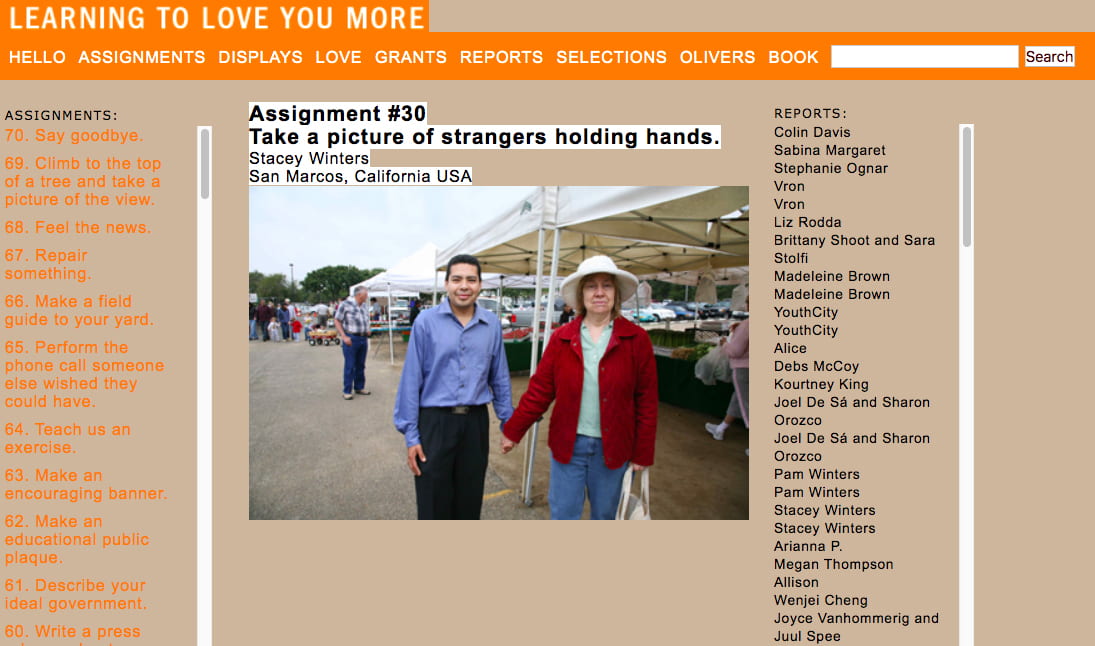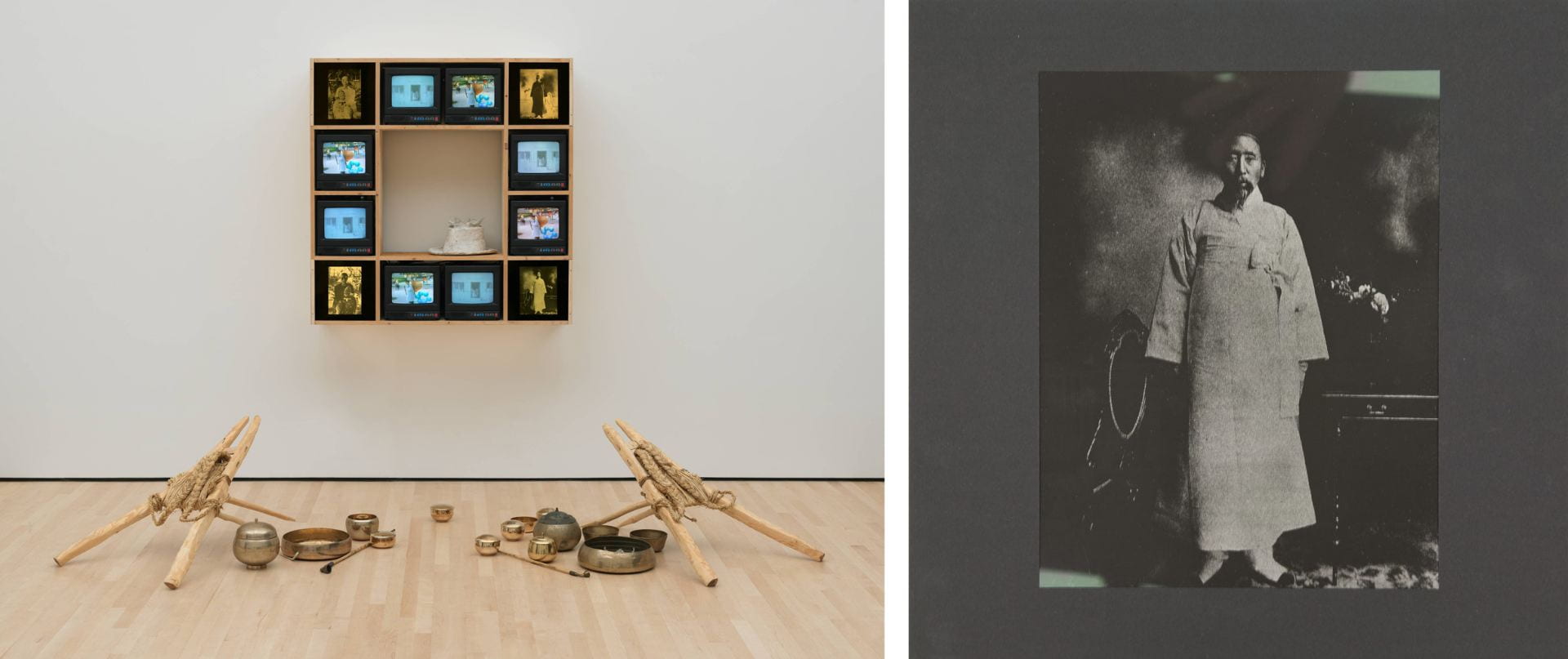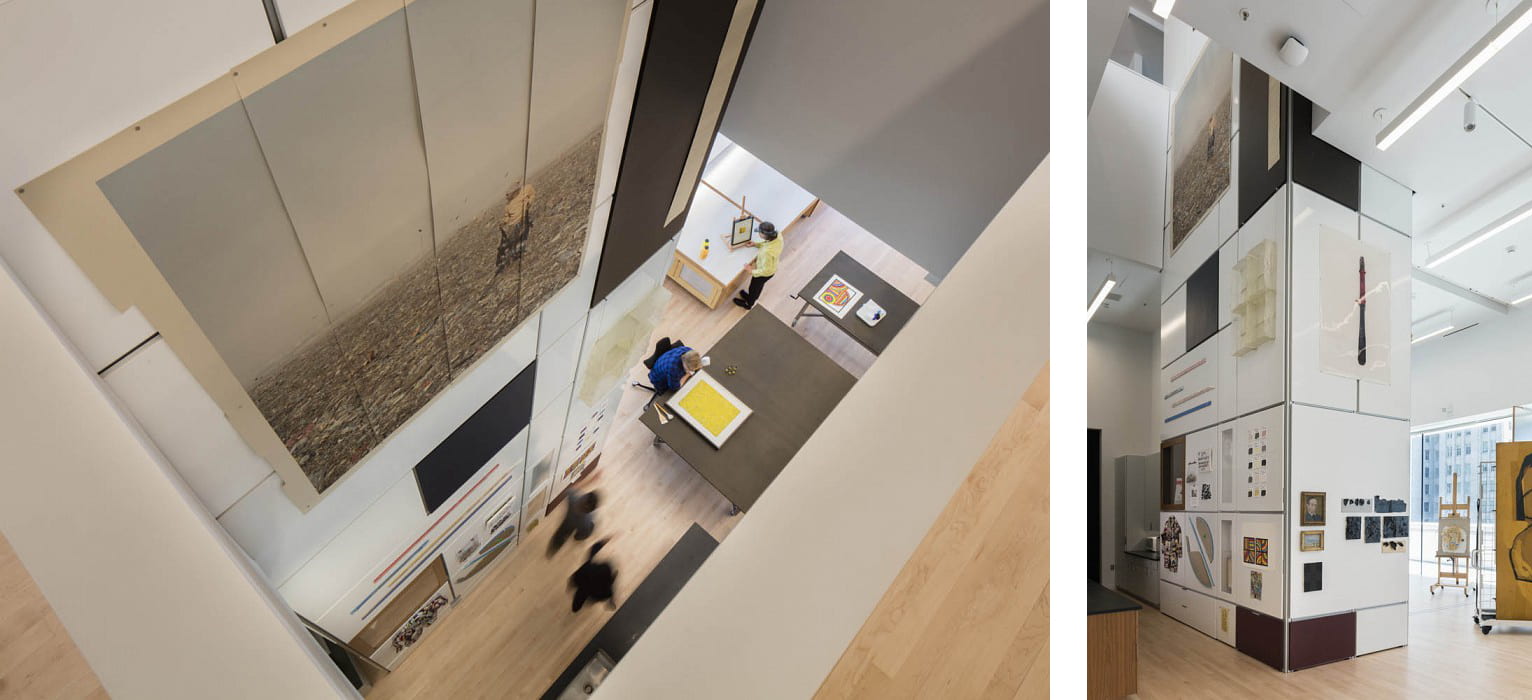
San Francisco Museum of Modern Art Internship
Grimwade Centre student Lisa Mansfield completed an internship at the San Francisco Museum of Modern Art (SFMOMA). Working alongside some of the world’s leading time-based media conservators, Lisa was immersed in the fascinating and rapidly-evolving world of media art conservation. Here she talks to Isabella Walker about what she has learnt and observed over the course of her internship, and how her studies at the Grimwade prepared her for this experience.
Tell us a little about your conservation background and experience in the industry.
After a 20-year career in design and publishing, I began a Master of Cultural Materials Conservation at the University of Melbourne (2017–2020). The career change has been challenging at times, but also hugely rewarding! Through my studies, I have developed new ways of thinking, worked alongside dedicated future colleagues, and met people around the world who are passionate about cultural heritage in all its forms – both tangible and intangible. The holistic approach taught in the master’s program synthesises conservation ethics, cultural respect, materials treatment and teamwork.
While studying, I’ve also worked on volunteer projects including the preventive care and conservation of wallpaper at the gorgeous Rippon Lea Estate, and the conservation of heritage-listed wall paintings at Trades Hall. As treasurer, and then president, of SC@M (Student Conservators at Melbourne, the conservation student committee), I have also co-developed a conservation mentoring pilot program (now part of the Australian Institute for the Conservation of Cultural Materials), and secured funds for extracurricular art-skills workshops for students in aligned disciplines. The university provides a lot of opportunities and support to make things happen!
What drew you to SFMOMA as a host institution?
I was already a big fan of SFMOMA as an art institution before my internship. They are very proactive when it comes to collecting and conserving media art – and they aren’t afraid to ask questions and take on complicated works – which is an incredible legacy for current and future audiences. As a result, SFMOMA has a significant media art collection.
This collection includes works like Agent Ruby (1998–2002) by Lynn Hershman Leeson, which is an artificially intelligent web agent that chats with audiences online and is then shaped by the conversations it has. An artwork like Agent Ruby poses unique challenges for conservators because the environment of the web changes over time. SFMOMA doesn’t shy away from these kinds of challenges, and understands that working collaboratively with technologists is essential to maintaining the ongoing functionality of such works.

In 2019, Dr Robert Lazarus, a lecturer at the Grimwade Centre, began to build a partnership between SFMOMA and the University of Melbourne. He invited Martina Haidvogl, the Associate Media Conservator at SFMOMA, to guest lecture in his media conservation subject.
Robert and Martina further developed the partnership by creating a new opportunity for a Grimwade student to complete an internship at SFMOMA. The focus given to collection research at SFMOMA meant that the internship was a means to undertake fieldwork and data collection for a minor thesis. It seemed to be a perfect opportunity for me to learn more about a rapidly evolving branch of conservation in a world-class art institution.
Tell us about your experience at SFMOMA. What were some of the projects that you worked on?
Robert and Martina chose a net art work by Miranda July and Harrell Fletcher, Learning to Love You More (LTLYM), to be the focus of my internship. The rich combination of social and technical properties in LTLYM, which was acquired by SFMOMA in 2010, would prove to be a fascinating subject for media conversation research.
My primary task involved reviewing the physical audiovisual (AV) holdings for LTLYM. The review added to existing institutional documentation so as to provide a deeper understanding of the work’s technological context and its ‘work defining properties’.
The concept of work defining properties is very important in media art, as the properties that are essential (rather than simply incidental) to each work of art vary enormously: depending on the individual work, the essential properties might (or might not) include display equipment, acoustic properties, light levels, and how the audience encounter or interact with the artwork.
For a conservator, an understanding of a work’s defining properties helps to determine exactly what parts of an artwork need conserving; for example, it can help conservators decide whether a work needs to be played on contemporaneous equipment or if a new digital player will suffice.
LTLYM was a participatory net art project active between 2002 and 2009. Over the project’s duration, the online public were invited to submit ‘reports’ in response to 70 creative assignments devised by the artists. Each assignment featured quirky instructions such as “take a picture of strangers holding hands”. Today, it exists both as a website and as an archive of digital and physical assets. Early on, reports were posted to the artists on physical carriers such as CDs, DVDs, VHS cassettes, and MiniDiscs.

My role at SFMOMA involved photographing the carriers for SFMOMA’s image database and creating a digital copy of the CD/DVD content. As the material lifespan of CDs and DVDs is limited, I created a ‘disk image’ file (that is, an exact digital copy of the content) for each CD/DVD. I then generated a ‘checksum’ (a unique 32-character hexadecimal number that acts as a fingerprint) for each disk image in order that conservators would able to verify the data integrity of the file in the future.
I also worked on exhibition preparations for Chongro Cross (1991), a mixed media and video work by Nam June Paik. For this, I assisted with the cleaning and test-installing of its chromogenic transparencies (a kind of photographic print, located in the four outer corners of the hanging part of the work). The first stop for this work was Tate Modern in London, as part of an international exhibition tour of Paik’s work.

Did you observe any other exciting conservation projects during your time at SFMOMA? If so, what?
I was thrilled to witness preparations for the transportation of Diego Rivera’s The Marriage of the Artistic Expression of the North and of the South on this Continent (Pan American Unity) (1940), on loan to SFMOMA from the City College of San Francisco. The mural is enormous (6.7 metres high by 22.6 metres long) and spectacular in real life. Photographs simply don’t do it justice!
SFMOMA conservators and interns completed research documentation and cleaning in preparation for moving the mural. Although the distance between the two institutions is only ten kilometres, dismantling and transporting the mural is logistically complicated. The mural is the wall of a building; transport planning included calculating a route with minimal traffic and bumps. The project showcases the whole museum – management, conservators, curators, installation crew and logistics – working together to achieve something monumental.

Were there any aspects of conservation practice at SFMOMA that surprised you? If so, what?
The breadth of the role played by a media conservator was demonstrated by the sheer number of projects Martina Haidvogl balanced alongside her conservation workload. These projects included: providing feedback on proposed exhibition floor plans for SFMOMA works loaned to international galleries; accession numbering and acquisition protocol development; building SFMOMA’s MediaWiki; presenting research to international colleagues; and being part of SFMOMA’s Media Survey Team. Martina’s varied workload gave me invaluable insight into the diversity of skills and knowledge required by a conservator working in a contemporary museum.
I was also impressed by the forward-thinking collection research undertaken by the museum. Projects such as the Artist Initiative and SFMOMA’s two-storey archive (which houses materials gifted to them by artists) provide significant resources for long-term conservation analysis and education.

What will you take away from this experience? How will this experience shape your future practice?
SFMOMA modelled the importance of working collaboratively across departments in a respectful and productive way. This form of collaboration was one of the things I most appreciated during my residency – SFMOMA have certainly set the bar high, and have helped me realise how I wish to work in the future.
I was also inspired to program my first Arduino, which is a microcontroller used in conservation to help with temperature monitoring, lighting control, and to enable analysis techniques such as panoramic infrared reflectography.
Any final thoughts?
I really can’t express my thanks better than colleague Laura Daenke who recently interned at the Rijksmuseum. I, too, feel extremely privileged to have had the opportunity to learn from such passionate, talented people. Thank you to the entire SFMOMA conservation team, and especially Martina Haidvogl, Grace Weiss, Mark Hellar (Technology Consultant), Rudolf Frieling (Curator of Media Arts), Layna White (Director of Collections), and Michelle Barger (Head of Conservation).
Cultural materials conservation is a small yet truly global industry, and the Grimwade Centre for Cultural Materials Conservation has strong connections to collecting institutions all over the world. For more information about its international links, see the centre’s website.